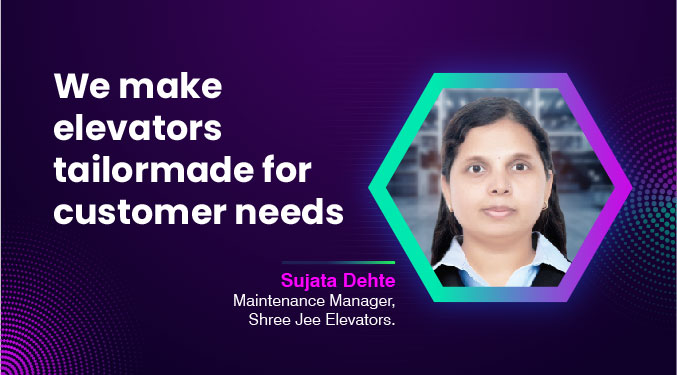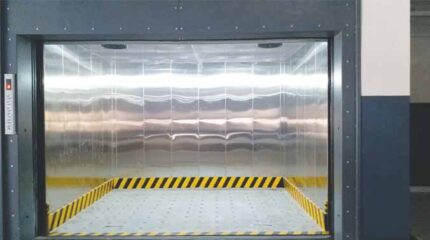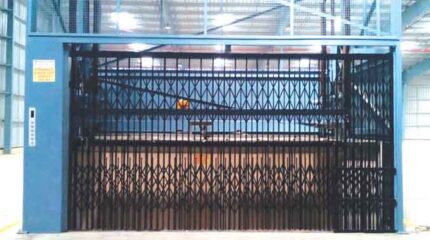We make elevators tailormade for customer needs

Sujata Dehte, Maintenance Manager of Shree Jee Elevators, speaks about industrial growth and advancement in the elevator industry.
What is the present market share of elevators and escalators in India?
In India, the elevator industry’s market share has increased exponentially. This is because of India’s rapid urbanisation, commercial construction, and industrial growth. As a developing nation, India has increased vertical transportation growth. Growing populations ask for vertical development, which eventually makes our industry profitable. It’s expected that the elevator market share in India will grow at a rate of 7.21 percent CAGR between 2022 and 2027. In terms of region, north India requests more elevators than other regions. India also stands second after China for the largest market share of elevators and escalators. It was estimated that 1466.28 million people would be employed in India by 2022. Residential areas account for nearly 80% of the total; the future projected scope for this market looks good, as tier 2 cities have also taken this market to another level.

What are the developments in smart and sustainable elevator technology?
Elevator advancement has accelerated recently, with many companies providing great motors or products. To demonstrate their confidence in the product, they even claim it with a 7-8 year or more warranty. Many smart products, like power regenerative motors, have been introduced into the elevator industry. Such regenerative drives capture the heat generated by elevators during use and convert it into reusable energy for the building rather than wasting it as heat. When power flows into the elevator motor, it creates a lifting torque on the shaft and elevator sheave, lifting the cab. Compact and energy-saving gearless motors are developed. Operating a lift using smart technology, such as a mobile phone, is now possible. With more advancements in artificial intelligence, the elevator industry can expect more smart features and technology.
India, a price-sensitive market, aims to stand out in the elevator business. Indians always want more on a tight budget, and making a profit in such a market can be difficult for legitimate businesses. As they not only have to cover the material charge but also take labour salaries, staff salaries, rent, and much more into consideration. This could raise the price of a single lift unit while also making it less affordable for vendors. At such a moment, we focus on creating a system for the minimal use of expenses for transportation, unnecessary travelling, wastage of material, and much more. Proper maintenance for fewer or no breakdowns also keeps our company in profit, and this system works to make a company profitable and the first choice for customers. Cost is always used to attract customers first, but later with good relations and trust in the company. Shree Jee elevators are their first choice, regardless of cost. The soft metal is still the most cost-effective material used by us.

How do you consider the need for customised products and solutions per Indian standards?
Indian customers always need a different product because of the availability of space, price, and much more. We must find a perfect solution to their requirements at that time without compromising any essential features. Some people need more machine room, and some need more pit height. At that point, we recommend that they tell us what kind of lift they require: hydraulic, gearless, or traction. We at Shree Jee must at least provide a solution to a customer, whether he does so with us or someone else. Unlike any other company, we provide gearless or hydraulic pumps and every possible type out there in the market for our customers. For customers who will not be able to make a machine room or a large enough pit, we provide them with hydraulics. We suggest going gearless for better speed and more than 3–4 floors. Shree Jee strives to adapt to every technological advancement for its customers to provide them with the best price possible.
Which design implementations improve safety in industrial and commercial vertical transport?
Industrial lifts, known as goods lifts, are used only to carry heavy material in vertical directions. Every safety feature available on an industrial lift is included. The cabin size is allotted in terms of the lift’s capacity. Industrial lifts are sometimes installed around mild steel structures. At such times, the mild steel structures should have a proper wire mesh covering, etc., for any future human or animal safety incident.
for more info visit : https://elevatorsmfgr.com/
165
Cookie Consent
We use cookies to personalize your experience. By continuing to visit this website you agree to our Terms & Conditions, Privacy Policy and Cookie Policy.










